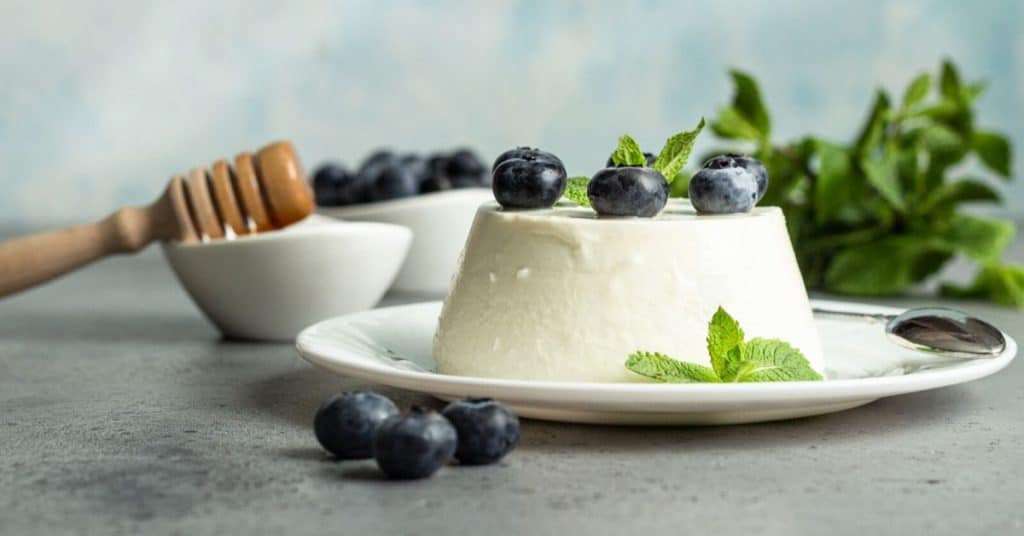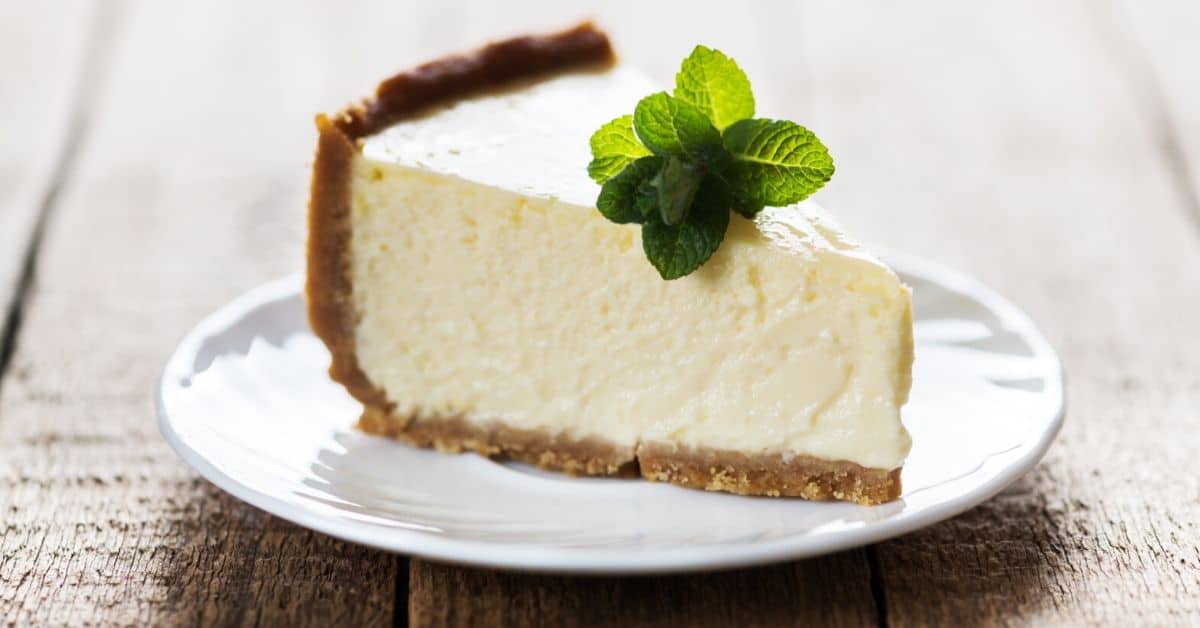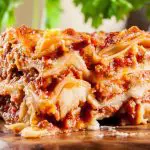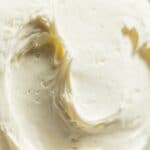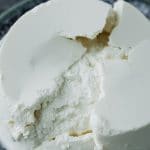In sum: Yes, you can freeze ricotta cheese to preserve it for later use in cooking, although its texture will become slightly drier and crumbly; it works well in cooked dishes like lasagna and gnocchi.
With its soft consistency and mild taste, ricotta is a versatile cheese and a great addition to both sweet and savory dishes. Foods with sweet flavor profiles that are known for incorporating ricotta are cheesecake, tarts, cannoli filling, fruit plates, and muffins. On the savory side it is melted beautifully into pasta dishes, spread on bagels, added to salads, and incorporated into platters and dips.
Whether you have bought or freshly made your own ricotta cheese, it would be sad to see this versatile and deliciously creamy ingredient go to waste just because you cannot use the cheese before its expiry date.
Here you will find out how to go about freezing leftover ricotta to extend its shelf life for later use.
Can Ricotta Cheese Be Frozen?
Freezing ricotta cheese is a great way to preserve it for later use in a variety of different dishes. Although the taste does not change, you do need to keep in mind that the texture of frozen ricotta will not be the same smooth and creamy consistency as its fresh counterpart.
The soft and smooth texture of ricotta cheese is largely due to its high moisture content. This, unfortunately, is also the reason for the texture change on freezing. The moisture turns into ice crystals as it freezes, and on thawing, this damages the natural structure of the cheese.
As the whey and curds separate, the cheese will become drier in texture and slightly crumbly.
It is however not all bad news. The texture can be improved and will also be unnoticeable when you use the frozen and defrosted ricotta in cooked dishes. Lasagna, gnocchi, ricotta pie, and calzones are just a few of the many dishes where you can incorporate thawed ricotta for a fabulous meal.
Another way to preserve ricotta is by first cooking the dish including the ricotta, and then freezing it. Ricotta freezes well in pasta fillings such as cannelloni, tortellini, stews, and lasagne. This makes for a great quick meal on busy nights.
Making sure you follow special precautions to minimize the formation of ice crystals is very important to preserving your ricotta cheese well in the freezer. Here is a simple guide on exactly how to go about freezing good quality ricotta for the best result.
How to Freeze Ricotta Cheese
Step 1: Stir
Remove excess whey in the ricotta container by draining it and give the cheese a good stir to spread the remaining moisture evenly.
Step 2: Dry
Once stirred, press the ricotta lightly with paper towels to absorb excess water, preventing the formation of unnecessary ice crystals during freezing.
Step 3: Portion
If you have a large amount, divide the ricotta into portion sizes that will be suitable for defrosting in the quantities you will need for cooking.
Step 4: Cling Wrap
Wrap each portion in a double layer of plastic wrap, ensuring that no gaps are left open where air can enter and cause freezer burn.
Step 5: Pack
Place the wrapped portions into airtight containers or a zip top freezer safe bag. Press as much air as possible out of the freezer bag before sealing it tightly.
Step 6: Label
Label the freezer bags or airtight container with the date in order to know how long the cheese has been in the freezer.
Step 7: Freezer Temperature
The temperature of your freezer needs to be consistently at or below 0˚F, so ensure that your freezer is cold enough as products will spoil if it is not.
How To Thaw Frozen Ricotta Cheese
As with all dairy products, thawing ricotta cheese takes some care. Due to its susceptibility to bacterial growth, one cannot leave it to thaw at room temperature. For the best results, follow these steps to thaw ricotta cheese.
Step 1: Refrigerate
The best way to thaw ricotta is to place it in the fridge for several hours to start softening.
Step 2: Stir
Once the cheese starts to soften, use a spoon to stir it occasionally in order to reconstitute some of the whey and curd structure.
Step 3: Mix Thoroughly
Once completely defrosted, you can mix it with an electric mixer to try and reconstitute its creamy texture. Discard some of the excess liquid if there is too much.
Keep the defrosted ricotta in the refrigerator until you use it for cooking, ensuring you use it within two days.
Note: If you decide to speed things up by placing the frozen ricotta in a bowl of cold water or lukewarm water to defrost, you still need to keep it in the fridge.
Types of Ricotta Cheese
Ricotta cheese is an unripened fresh cheese that takes its form initially as whey, a by-product of mozzarella and provolone cheese production. The foamy, liquid whey is gathered, re-cooked and drained to form a creamy curd known as ricotta cheese.
Although similar to cottage cheese, fresh ricotta is smoother, has a firmer structure, is delicate in consistency, and is composed of moist, fine granules. Store bought ricotta is usually available in a plastic tub or vacuum packed but you can also make your own at home using just whole milk and lemon juice. There are different types of ricotta with varying fat content depending on the type of milk used. The most common types of ricotta cheese are:
#1. Cow Milk Ricotta
Also known as ricotta di mucca, this ricotta is the most common type in general grocery stores and can be found in full cream and lower-fat varieties.
#2. Sheep Milk Ricotta
Made with sheep’s milk, it is also known as ricotta di pecora.
#3. Cow and Sheep Milk Blend
This ricotta cheese mixture is made from both cow’s milk and sheep milk. Its Italian name is ‘ricotta mista di mucca e pecora.’
FAQs
Conclusion
Although ricotta will never have the same smooth and creamy consistency after freezing the cheese than it did before, defrosted ricotta works well in cooked dishes and baked goods.
If you take care during the preparation of your ricotta cheese when freezing and thawing it, you can still use this versatile product a couple of months down the line without letting any of it go to waste. It is perfectly normal for the texture to change during the freezing process and you will notice some separated liquid.
To reconstitute the texture, simply mix the ricotta well before adding it to a cooked dish or batter. Never leave it at room temperature which promotes the growth of harmful bacteria. Once you take a bite of your cheesy pasta creation you will be glad you saved it from going to waste.
Up Next: How To Freeze Cottage Cheese
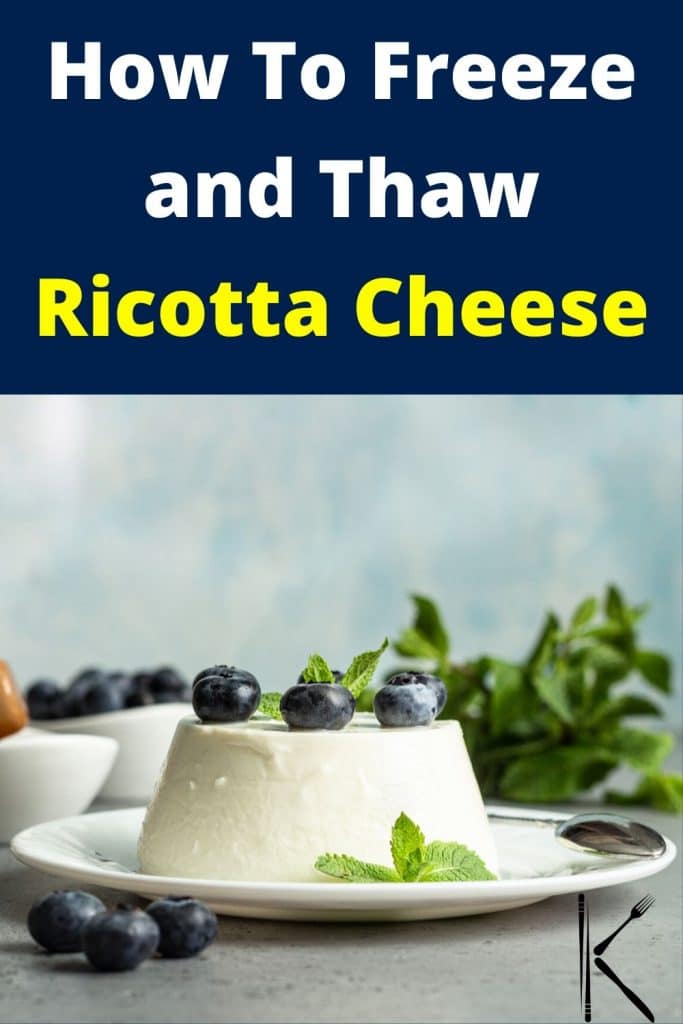
*Image by depositphotos/porosolka_balt
